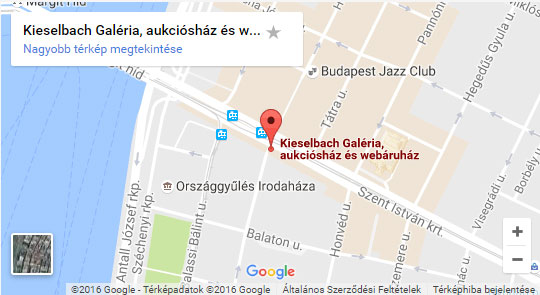Gallery: Hungarian Underground Posters
A new book of 1980s music and film ephemera documents the radical creativity of Hungary's 'Infernal Golden Age' in the shadow of communist rule
Drawn from the massive personal collections of journalist, author and curator Tamás Szőnyei and graphic artist and musician György Bp Szabó of industrial group Bp Service, among other outfits, Pokoli Aranykor: New Wave Koncertplakátok A80-as Évekből Bp Szabó György És Szőnyei Tamás Gyűjteményeiből (translating as An Infernal Golden Age: Hungarian New Wave Posters Of The 80s…) provides overwhelming documentary evidence of an extraordinarily vibrant underground scene. Containing more than 600 posters, photos and visuals, the book maps successive circles of overlapping and interlocking musicians, artists, film makers, photographers, designers, provocateurs and ne’er do wells operating below the radar during the last decade of the Hungarian People’s Republic.
By the 1980s Hungary had quietly developed a working communist model system that allowed its citizens far greater room to move than their Warsaw Pact comrades were permitted in the Soviet Union, German Democratic Republic, Czechoslovakia, or even the usually more open Poland, then beset by martial law and heavy repression of the spreading popular protests in support of striking dockworkers and the Solidarnosc movement. That’s not to say the Hungarian state condoned those of its peoples setting out to rock the republic with noises some comrades might deem antisocial in the extreme.
But unlike in Czechoslovakia, for example, which had jailed members of Plastic People Of The Universe for defying their ban on making music, the Hungarian scene could more freely develop along its own lines, albeit with little official support. In 1987, however, Európa Kiadó released their first album through Hungary’s one state owned record label Hungaroton. This from the group founded by guitarist/vocalist Jenő Menyhárt after the break-up of URH, the tremendous late 1970s post-punk unit which once sang songs about “too many police, too few whores” and “too many whores, too few police”. Indeed, the poster book An Infernal Golden Age takes its title from a 1980 URH lyric written by their lead vocalist Peter Müller. As to Európa Kiadó, says Infernal Golden Age writer Tamás Szőnyei, they “went on to become one of the most important groups of the scene… They played at WOMAD and Glastonbury in England, and at Melkweg in Amsterdam. They’re still active today albeit with only Jenő Menyhárt remaining from their original line-up.”
Seeing that the 1980s Budapest and Hungary underground scene was made up of relatively small circles of enthused individuals, musicians often advanced and exchanged ideas by playing in or moving across different groups. Menyhárt, for instance, also played in Trabant, and the former 1970s folk singer, songwriter and multi instrumentalist Ágnes Kamondy was for a while a member of Európa Kiadó.
Other important 1980s groups included Balaton, Kampec Dolores and Kamondy's own future group Orkesztra Luna, songs by whom she later rearranged for chamber orchestra and performed modern cabaret style in 1993, “thus elevating them to a level where the artistic merits of that era just couldn’t be doubted anymore”, says Szőnyei. He adds that Kamondy was one of a number of women singers who fronted Hungarian underground groups, Ágnes Bárdos Deák (Kontroll Csoport), Kokó (Bizottság), Marietta Méhes (Trabant), Gabi Kenderesi (Kampec Dolores) among them. Finally, Kamondy’s 1993 revisiting of a Spions song served as a reminder that times weren’t always so easy in the Hungarian underground. The group were led by Gergely Molnár, who circa 1978 adopted a pre-Laibach style strategy of over-identification with authoritarian rule a little too soon, perhaps, causing him to flee into exile in Paris.
To coincide with the publication of An Infernal Golden Age, Budapest’s Kieselbach Gallery mounted a parallel exhibition of the same name in October 2017, also drawn from the personal collections of Tamás Szőnyei and György Bp Szabó. All visuals and extra information in The Wire’s Hungarian Underground Posters Gallery come courtesy of Tamás Szőnyei. Take a virtual tour of the Kieselbach Gallery exhibition.








